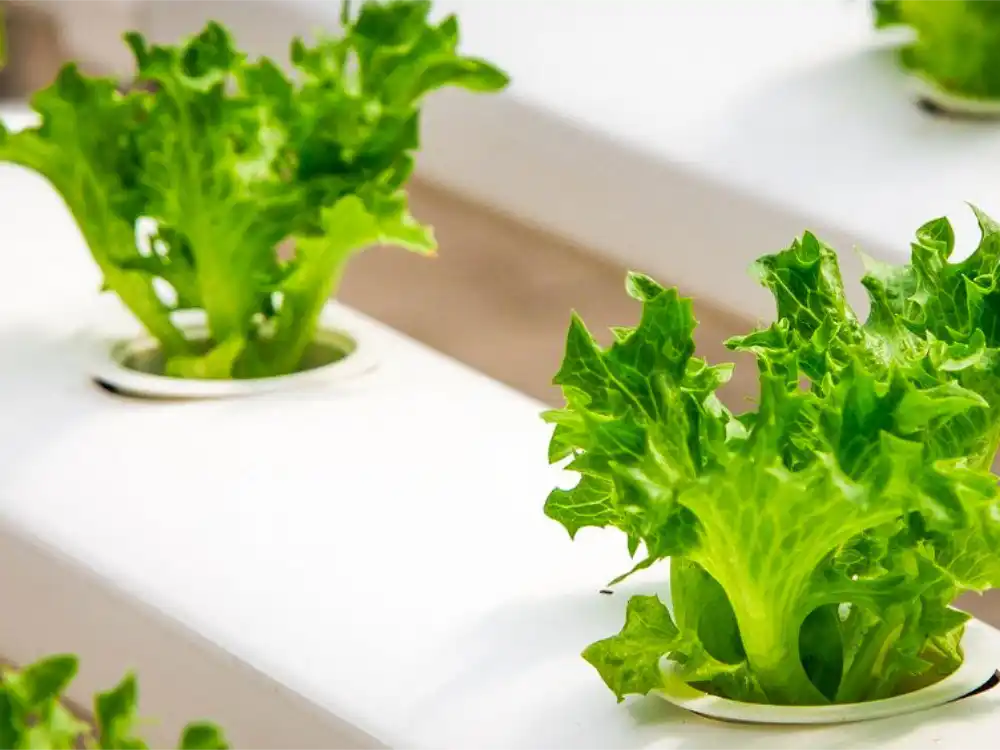If you are an avid gardener or someone who enjoys growing vegetables, you may have come across the term “transplant shock.” Transplant shock refers to the stress that plants experience when they are moved from one location to another.
In this blog post, we will explore whether peppers, specifically, are susceptible to transplant shock and how you can minimize its impact on your pepper plants.
Understanding Transplant Shock
Before we delve into whether peppers get transplant shock, let’s first understand what transplant shock is. When plants are uprooted and moved, they undergo a period of adjustment as they adapt to their new environment. This adjustment period can result in stress for the plants, which is commonly referred to as transplant shock.
During transplant shock, plants may exhibit various signs of stress, such as wilting, yellowing leaves, stunted growth, or even death in severe cases. The shock can be caused by factors like root disturbance, changes in temperature, moisture levels, or exposure to sunlight.
Are Peppers Susceptible to Transplant Shock?
Peppers, like many other plants, can experience transplant shock when they are moved from one location to another. However, peppers are generally more resilient compared to some other vegetables, making them less prone to severe transplant shock.
Pepper plants have a well-developed root system, which helps them recover more quickly from transplant shock. Additionally, peppers are known for their ability to adapt to different growing conditions, making them more tolerant of changes in their environment.
That being said, it is still important to take precautions when transplanting peppers to minimize the risk of transplant shock and ensure their successful growth.
Minimizing Transplant Shock in Peppers
Here are some tips to help minimize transplant shock in your pepper plants:
1. Proper Timing
Choose the right time to transplant your peppers. Wait until the soil has warmed up and all chances of frost have passed. This will give your peppers a better chance of adapting to their new location without being exposed to extreme temperature fluctuations.
2. Gradual Acclimation
Give your pepper plants time to adjust to their new environment by gradually exposing them to outdoor conditions. Start by placing them in a sheltered spot for a few hours each day, gradually increasing their exposure to sunlight and wind over a period of several days.
3. Prepare the Soil
Before transplanting your peppers, prepare the soil by incorporating organic matter, such as compost or well-rotted manure. This will provide the plants with essential nutrients and improve soil drainage, reducing the risk of waterlogged roots.
4. Handle with Care
When removing the pepper plants from their original pots or containers, be gentle to avoid damaging the roots. Handle the plants by their leaves or root ball, and avoid pulling or tugging on the stems.
5. Watering
Water your pepper plants thoroughly after transplanting them. This will help hydrate the roots and reduce the risk of dehydration during the transplanting process. After transplanting, water the plants regularly to keep the soil moist, but not waterlogged.
6. Provide Shade
During the first few days after transplanting, provide some shade for your pepper plants to reduce stress from direct sunlight. You can use shade cloth or create temporary shade using other materials.
7. Fertilization
Avoid fertilizing your pepper plants immediately after transplanting. Wait until they have established themselves in their new location, usually after a few weeks, before applying any fertilizers. This will prevent further stress on the plants and allow them to focus on root development.
8. Monitor and Care
Keep a close eye on your pepper plants after transplanting. Monitor their growth, water them regularly, and watch out for any signs of stress or disease. Promptly address any issues that arise to ensure their healthy development.
Conclusion
While peppers can experience transplant shock, they are generally more resilient compared to some other plants. By following the tips mentioned above and providing proper care, you can minimize the risk of transplant shock and help your pepper plants thrive in their new environment. Remember, a little extra care during the transplanting process can go a long way in ensuring the success of your pepper plants.


